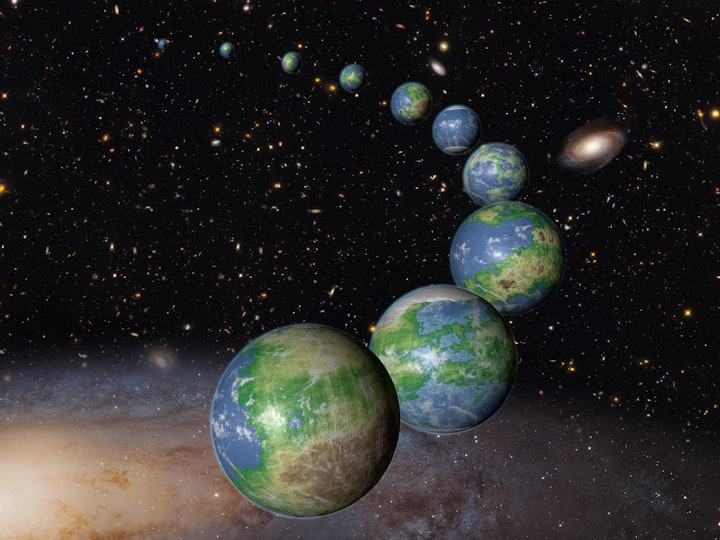Life on Other Planets? Don't Make me Laugh!
Seriously, new research suggests that laughing gas could point to alien life elsewhere in the Universe

Researchers in the United States at the University of California, Riverside, have completed a study which suggests that nitrous oxide (remember the dentist?) could be an indicator of carbon-based life on a planet.
The paper, published in The Astrophysical Journal suggests that
…nitrous oxide (N2O) — a product of ‘microbial nitrogen metabolism’ — is a compelling exoplanet biosignature gas with distinctive spectral features in the near- and mid-infrared, and only minor abiotic sources on Earth.
So, it may be possible to spot N2O in spectral analysis of light which has passed through the atmosphere of other planets.
Or, in their words:
Here we use a global biogeochemical model coupled with photochemical and spectral models to systematically quantify the limits of plausible N2O abundances and spectral detectability for Earth analogs orbiting main-sequence (FGKM) stars
With 5,235 exoplanets already catalogued by NASA (3 January 2023), there’s plenty of scope for research.
So just lie back, relax and try not to laugh while we look into deep and distant space, probing for alien life forms in rocky cavities.

The cycle of nitrous oxide
The authors point out that
‘in addition to N2 gas (in the atmosphere and dissolved in the ocean), nitrogen on the present-day Earth exists in a wide variety of different chemical forms, ranging from reduced NH4+ to oxidized NO3 −, with many intermediate redox species in between, including N2O. Overall, Earth’s nitrogen cycle can be thought of as the biologically driven removal of N2 from the ocean and atmosphere, the fixation of nitrogen in organic matter, which is then followed by the recycling of nitrogen back to the atmosphere as N2'.
There’s not a lot of N2O freely circulating in the Earth’s atmosphere right now, but at previous periods in our history there might have been much more. Right, for sure life is certainly no laughing matter in this, most advanced age of human enlightenment. And just wait until AI really has us strapped in the chair.
The research team used a specially developed ‘biogeochemical’ computer model to try to build an estimate of the prevalence of N2O in exoplanet atmospheres under a variety of initial atmospheric conditions such as steaminess.
Some conclusions
Their modeling suggests that late K-dwarf and inactive early M-dwarf stars could maintain the highest N2O levels at any given surface flux, potentially exceeding 1000 ppm (much more than on Earth) and easily detectable.
They identify the TRAPPIST-1e exoplanet as a particularly interesting target for the James Webb Space Telescope ('JWST'). The exoplanet is a rocky, close-to-Earth-sized planet orbiting within the habitable zone around the ultracool dwarf star TRAPPIST-1 approximately 40 light-years away from Earth in the constellation of Aquarius.
The idea is that orbiting telescopes (such as the JWST) could add the N2O spectral signature to their analysis pack.
This seems to me like a powerful way to broaden the search for extra-solar system life at relatively little cost (I use the phrase advisedly as anything to do with space costs a fortune unless Elon Musk is managing it).
I’ve skated somewhat lightly over the work (I don’t do chemistry), but it does seem to me to be a solid basis for making SETL more efficient.
Their work was funded by NASA.
But why the search?
We know that aliens visit us already and that the Fermi paradox isn't. It was posed by Enrico Fermi, the nuclear physicist (who helped design the first atomic bomb).
The Fermi paradox is the discrepancy between the lack of conclusive evidence of advanced extraterrestrial life and the apparently high a priori likelihood of its existence, and by extension of obtaining such evidence.
You've got to laugh, especially if there's N2O involved.
***

Canonical link: This story was first published in Medium on 26 January 2023 [edited]
About the Creator
James Marinero
I live on a boat and write as I sail slowly around the world. Follow me for a varied story diet: true stories, humor, tech, AI, travel, geopolitics and more. I also write techno thrillers, with six to my name. More of my stories on Medium






Comments
There are no comments for this story
Be the first to respond and start the conversation.